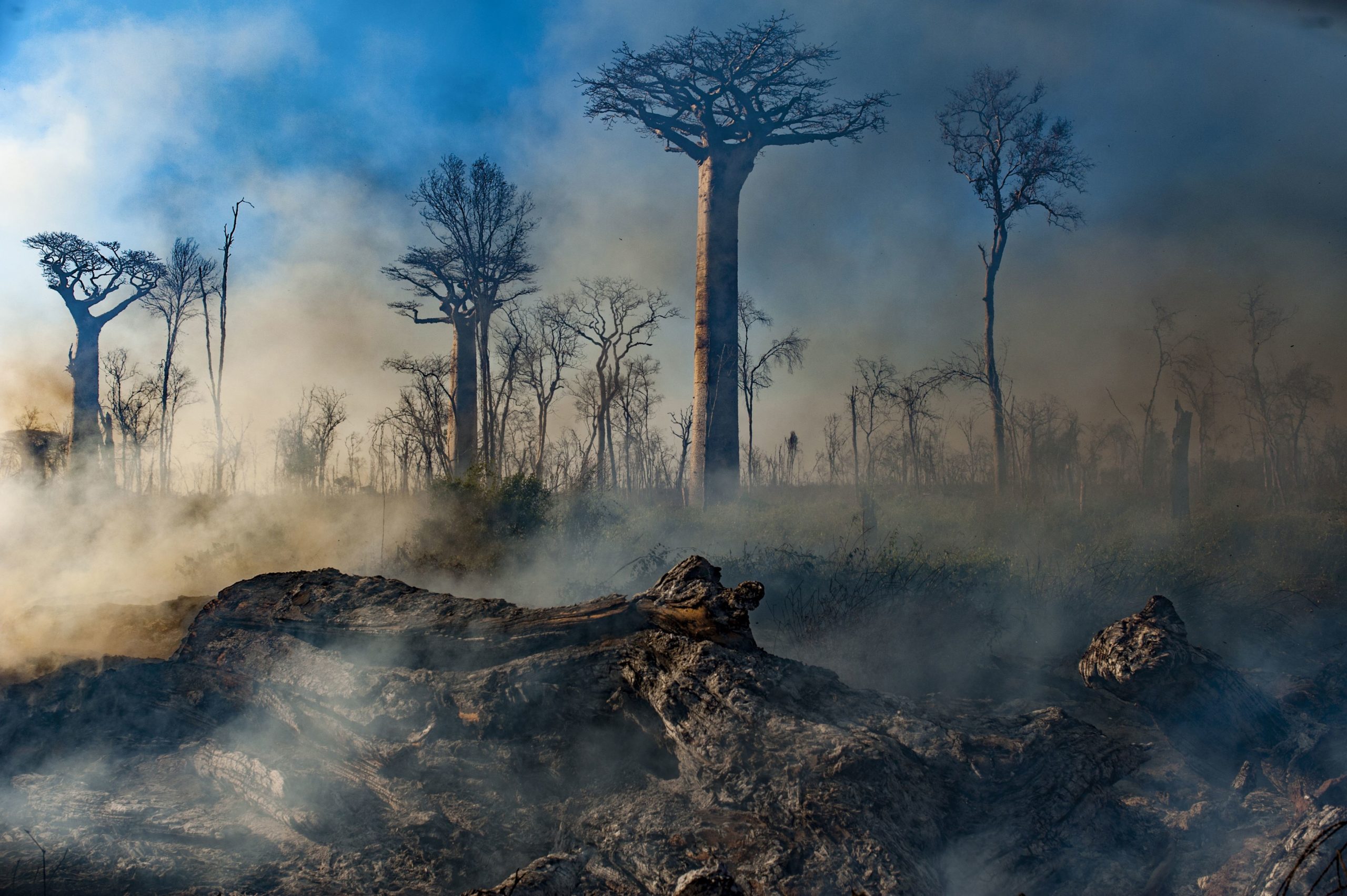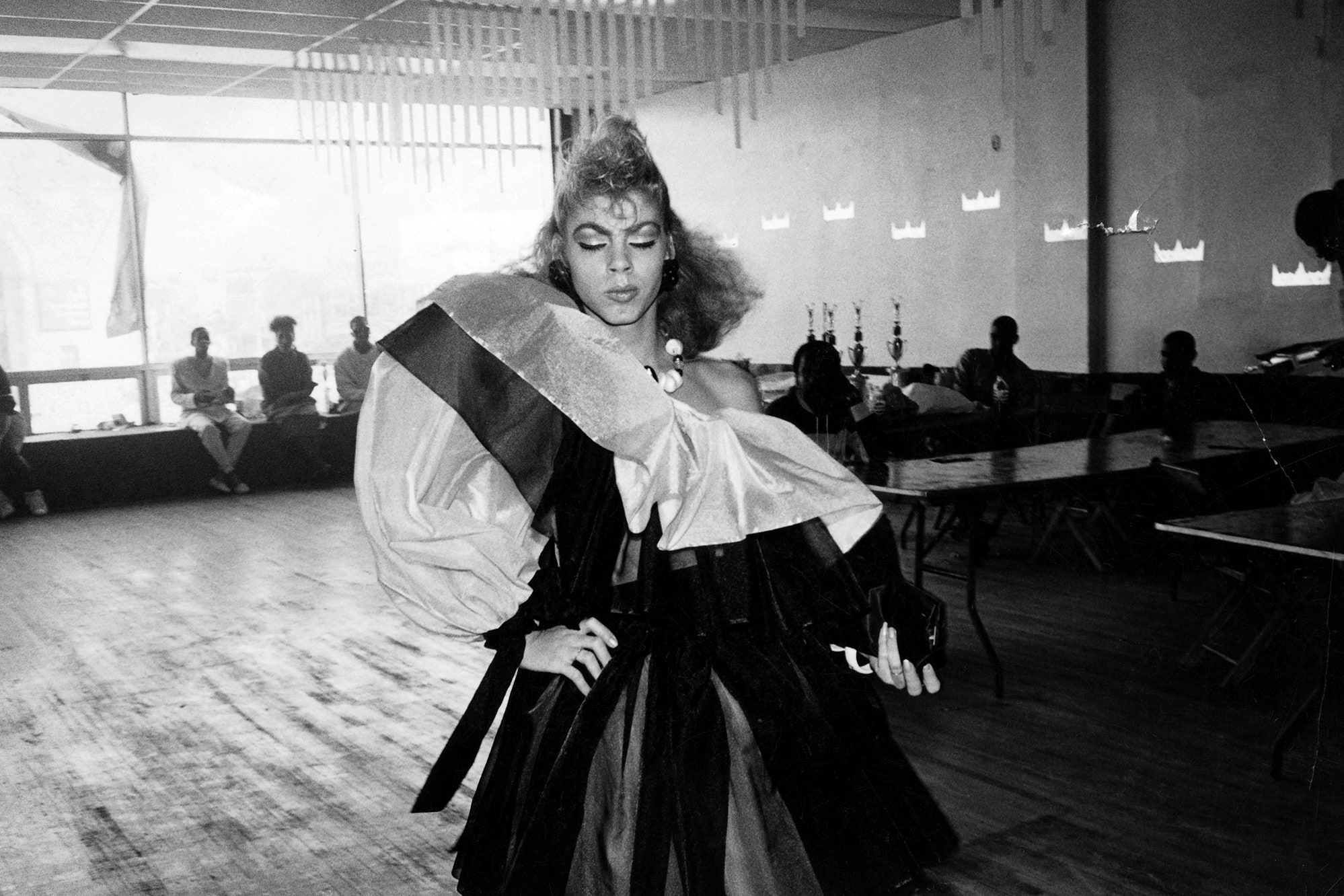As viewership of nature documentary series continues to soar, it’s clear that these types of shows are resonating with audiences and have the ability to change conversations around their subject matter. Take Our Planet, the new series from the BBC’s Natural History Unit (NHU). The ambitions of this new series are clear: to “inspire and delight hundreds of millions of people across the world so they can understand our planet and the environmental threat it faces.” That’s what Alastair Fothergill, former head of the NHU and Our Planet co-producer, has said about this high-profile undertaking. Keith Scholey, who is the series co-producer and former NHU Head, reiterated this sentiment to POV, noting that “right from the get-go we were planning a big landmark series, which shows the wonders of the world but really points out what the issues are.” These claims are indicative of the noble aspirations of the filmmakers to simultaneously entertain, educate and conserve while working in the natural history and wildlife genres.
Our Planet is the newest series associated with the NHU’s Planet Collection (2001–), which includes Blue Planet I and II, Planet Earth I and II, and Frozen Planet, all of which have been widely successful. The various series have been recognized with Peabodys, Emmys and BAFTAs, along with viewership that frequently breaks the 10-million mark. Our Planet is envisioned to be more successful than its predecessors, in part due to its Netflix partnership, which will simultaneously release the show in 190 countries to 139 million subscribers. The scale of this release is even more apparent with Netflix utilizing one of the coveted 2019 Super Bowl LIII advertisement spots to promote Our Planet — the only ad spot taken by the platform this year.
Adding to the success of the Planet series is narration from naturalist and filmmaker Sir David Attenborough, whose NHU work dates back to the 1950s and includes hosting the nine-part Life Collection (1979–2008). While promoting Our Planet in November 2018, Attenborough noted that the series “will take viewers on a spectacular journey of discovery showcasing the beauty and fragility of our natural world,” and added that “today we have become the greatest threat to the health of our home.” This journey, in which viewers can witness and learn about the natural world and see the threats it’s encountering, is increasingly important considering that the deterioration of the earth, at the hands of humans, is so well documented that we may already be in a new geologic epoch—the Anthropocene.
And so, the question of whether the Planet series has lived up to the worthy goals set by the filmmakers is one that warrants inspection. How do the NHU, Netflix and Attenborough entertain viewers about the natural world? Do they educate viewers about the natural world, and to what degree? And, perhaps most importantly, in the midst of it all, do they contribute to conserving the natural world, and, if so, how?
ENTERTAINMENT
Mark Terry, professor of Environmental Studies at York University and director of the Youth Climate Report, believes that the Planet series can “reach people” by extending the natural world “off the screen and into their own world,” because of the “stunning photography, that can’t be seen anywhere else.” Take for example episode four (“Forests”) of Our Planet, which mesmerizes viewers with the remarkable resilience of nature as exemplified by the Red Forest’s reclaiming of the Chernobyl disaster site, during the 32 years since the infamous 1986 event. In one scene, weather-worn balcony doors of an apartment sway and creak in the wind, as lush green vegetation grows around the rubble and glass. Attenborough notes that “as the forest re-established itself, animals began to appear.” In a following series of scenes, rabbits, foxes, moose, deer, wild horses and wolves trek through the townscape, which is now the exclusive home of thriving wildlife. This sequence may be read as a companion piece, of sorts, to Edward Burtynsky’s photography. His work beautifully and hauntingly showcases the enormous scale of anthropological harm to the natural world, while this sequence showcases the natural world’s ability to, as Scholey says, “bounce back” if given the chance and left “alone for an extended period of time.” This is a rare glimpse into a part of the world which is linked to an exclusion zone that is projected to last for another 20,000 years.
Another rare sight is in the astonishing footage of a calving glacier in episode one (“Our Planet”), which is as entertaining as any in the Planet series. The subject matter is not wholly original, mind you: there’s no lack of cracking iceberg formations in documentary film. In Chasing Ice (2012), photographer and filmmaker James Balog captured the record-setting break of a glacier that was five kilometres wide and one kilometre tall; for comparison, that’s twice the height of the CN Tower, and the distance from the CN Tower to St. Clair Avenue in Toronto. However, not many filmmakers can relay the almost incomprehensible scale of a glacier in the same way as Balog or Viktor Kossakovsky in Aquarela (2018). The filmmakers of the Planet series can. As the kilometre long and .5-kilometre-tall (the actual height of the CN Tower) iceberg begins to emerge from the ocean after breaking from the Greenland ice sheet, it resembles an enormous sea monster, materializing from the depths, sounding enraged at those who dared to disturb it.
And yet, the methods of achieving some of that visual pleasure have been questioned. In 2016, following the release of Planet Earth II, the filmmakers were criticized for recreating sound effects, like footsteps of a millipede, or the crunching as a jaguar eats its prey. The filmmakers have noted that, in some instances, these added sounds are a necessary technique, such as when audio can’t be recorded in the field due to the distance from the species filmed, or because of ambient noise from, for example, the movement of a helicopter. Previously, in 2011, after the release of Frozen Planet, the filmmakers were criticized for combining footage of wild polar bears with that of cubs photographed in a snow-den at a wildlife centre in the Netherlands. In this instance, Attenborough responded, “We wouldn’t do that now because we are being very, very meticulous to be correct and not in any way misleading.” It is hoped, of course, that Fothergill, Scholey and Attenborough remain aware of those moments when entertainment value and storytelling techniques begin to border on questionable, and risk threatening the integrity of the material.
EDUCATION
It’s not only the Planet series’ methods of entertaining that have been questioned. In 2018, while promoting NHU’s series, Dynasties, Attenborough came under fire for playing down environmentalism and playing up escapism. Although he began by stating that “we do have a problem,” he was also weary of the “bell ring[ing]” each time a threatened species was on screen. Attenborough continued that these “are not alarmist programmes” or “proselytizing programmes,” but “a new form of wildlife filmmaking.” When asked whether the series was a form of escapism, he stated that “it is reality and has implications for our lives, but it’s a great change, a great relief from the political landscape which otherwise dominates our thoughts.” Unsurprisingly, these comments were met with criticism, notably by the Guardian columnist George Monbiot, who didn’t find “escapism [to be] appropriate or justifiable,” or for it to be “proselytizing or alarmist to tell us the raw truth about what is happening to the world, however much it might discomfort us.”
According to Mark Terry, “educationally, there is something lacking” in the NHU programmes. He believes that Our Planet “might open audience’s eyes to something they have not seen before, which has value; but…that’s not a complete educational package.” He continued that “the Planet series gives you the salient points, and the interesting stats, but not necessarily the background which leads to those stats, or projections into the future of what these stats might mean.” In other words, there’s a notable lack of substantive information about the influence that humans are having on the changing landscapes and wildlife featured in the Planet series. This could be problematic considering that climate change literacy has a low water-mark. In 2018, the CBC reported that “nearly a third of Canadians say they’re not convinced that climate change is being caused by human and industrial activity.”
However, this is not to say the Planet series is completely devoid of educational material. Perhaps one benefit of long-form television series is the ability to deliver overarching messages, which are broken into parts over many episodes. Scholey mentioned that one of the messages in Our Planet is to “show how the planet works, and how that functioning impacts on life.” A part of this message can be found in the narration accompanying the calving glacier from the first episode of the series. Here, viewers learn that polar regions, which are home to sea and land ice, are warming faster than anywhere else on Earth. Attenborough states that we need the ice in these regions because they “protect our planet by reflecting solar radiation away from the surface, and so preventing the earth from overheating.” He continues, “and yet, the rate of loss of ice in these regions is accelerating.” In this Climatology 101 moment, Attenborough certainly doesn’t provide viewers with any depth as to the reasons the rate of loss is accelerating; but that’s not to say there aren’t lessons at play.
If taken as a part of the whole, Our Planet offers a wide lesson on aspects of the global climate system. It does so through weaving an overarching theme of water from one episode to the next. The first episode discusses water in ice form, some of which is the world’s stored freshwater. In the second episode, freshwater is shown to also take form as a sky-river of vapor. In the third episode, it is noted that water in vapor/cloud form falls (or sometimes doesn’t) and potentially brings life to grasslands and deserts, and so on. In doing so, the series creates a storyline grounded in basic climate knowledge and introduces a lesson that may help viewers understand a part of how the climate system operates.
CONSERVATION
It’s not surprising that the conservation aspirations of the Planet series have also been a subject of debate. The series have been criticized for only explicitly addressing anthropogenic harm to the natural world in stand-alone episodes, like episode seven (“Our Blue Planet”) of Blue Planet II. Here the focus was on plastic pollution in the world’s oceans; and yet, although the issue was addressed, it still created frustration in many viewers who were told they could “do something” but not what that something was. In fact, it is surprising that there has not been more of a conservation focus, considering the “Blue Planet Effect,” which followed the release of Blue Planet I and II. In 2017, the United Kingdom’s Environment Secretary, Michael Gove, said he was “haunted” by the images of ocean pollution featured in Blue Planet II, and that cutting plastic would be the focus of future proposals. And there are other indications that, perhaps, the series have had tangible impacts on global conservation efforts. In 2018, there was a 24-hour global boycott on plastics, as well as talks on nationwide single-use plastic bans, and an uptick in marine biology studies.
Our Planet has been explicit about its conservation goals. That is immediately apparent in the opening sequence, which features the image of the Earth rising behind the moon, which is a nice ode to the iconic photo taken by Apollo 8 in 1968. The original “Earthrise” photo is an environmental icon, and credited with inspiring the United States Environmental Protection Agency and civil society’s organization of the first Earth Day in April 1970. Attenborough notes in the introduction that “this series will celebrate the natural wonders that remain and reveal what we must preserve to ensure people and nature thrive.”
This time around, the conservation efforts are rooted in a partnership with World Wildlife Fund (WWF), the leading global network of independently operating branches that work tirelessly on pollution, climate change, invasive species, and more as the drivers of wildlife loss. POV asked Megan Leslie, president and CEO of WWF-Canada, how this partnership contributes to saving biodiversity and life. Her response was precise: WWF offers filmmakers locations and scientists to help ensure scientific accuracy and it captures “the people who are inspired after watching this series,” through a goal-oriented website that closes out each episode and “allows the series to live on through action.” This action is important considering that in Canada, between 1970 and 2014, half of the 903 wildlife species monitored by WWF were in decline. If these stats aren’t clear enough, “the whole web of life is in crisis,” says Leslie. The hope for her organization is that a partnership with such a successful TV franchise will inform audiences about the planet, helping them “to understand why nature matters,” and inspiring those viewers “to take action themselves” with guidance provided by WWF.
“Right now, we are facing a man-made disaster of global scale, our greatest threat in thousands of years: climate change.” Those dire words were spoken by Attenborough, who was given the “People’s Seat” at the United Nations Climate Change Conference (COP24) in December 2018 at Katowice, Poland. His stirring speech came just months after the October release of Special Report 1.5 (SR15) by the United Nations Intergovernmental Panel on Climate Change (IPCC), which followed up on the optimistic COP21 Paris, in which countries pledged to keep global average temperature rise to between 1.5°C and 2°C. The new report warned that if we don’t keep temperatures from surpassing 1.5°C, in the next 12 years, the world could experience significantly increased sea-level rise, ocean acidification, coral bleaching, ice-free Arctic summers, and more extreme drought, floods and heat. Attenborough further stated that “no other creature in the world has had the effect on the planet that the human species has,” and we should “recognize the responsibility that we now have in our hands.”
In a time when the public, young and old, is speaking out en masse in strict condemnation of the deterioration of the natural world, it no longer seems possible for docu-series in the natural history and wildlife genres to delicately interject climate change knowledge and conservation action. As BBC’s NHU begins its next phase of series, which includes Perfect Planet (2020), Frozen Planet II (2021) and Planet Earth III (2022), eyes will be on whether Attenborough and his associates will truly speak on behalf of the public or not.
Our Planet is now streaming globally on Netflix.











